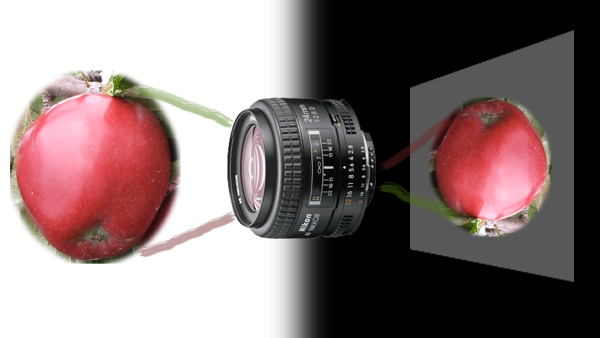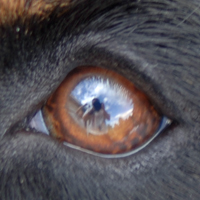What is a Camera?
Original man-made cameras were called a camera obscura in Latin. Literally translated, that means dark chamber. The camera obscura was a dark room, or chamber, with a hole in one side (perhaps with a lens mounted in the hole to collect more light). Observers, or artists, would enter the camera obscura and see an image of the world projected (upside down) on a white surface on the other side of the room. They could trace, or paint, this image if they wanted to reproduce the scene.
Today, cameras are still dark chambers. Normally there is a lens at the front of the camera to gather light. Modern lenses are actually made up of combinations of many individual lenses to improve the quality of the image. This light is then projected onto a surface at the back of a small (sometimes incredibly small as in cell-phone cameras) dark chamber. A light sensor is placed at the back of the chamber to capture an image of the light from the scene and allow us to process and view it. Our eyes are also built in the same basic form as a camera and can also be thought of as dark chambers.
So that's it ... a camera is a dark chamber.
![]()
Explore the NEXT TOPIC at this level.
Explore the NEXT LEVEL on this topic.
Ever wonder ... What does the world look like to color blind people?
Updated: Apr. 19, 2011

